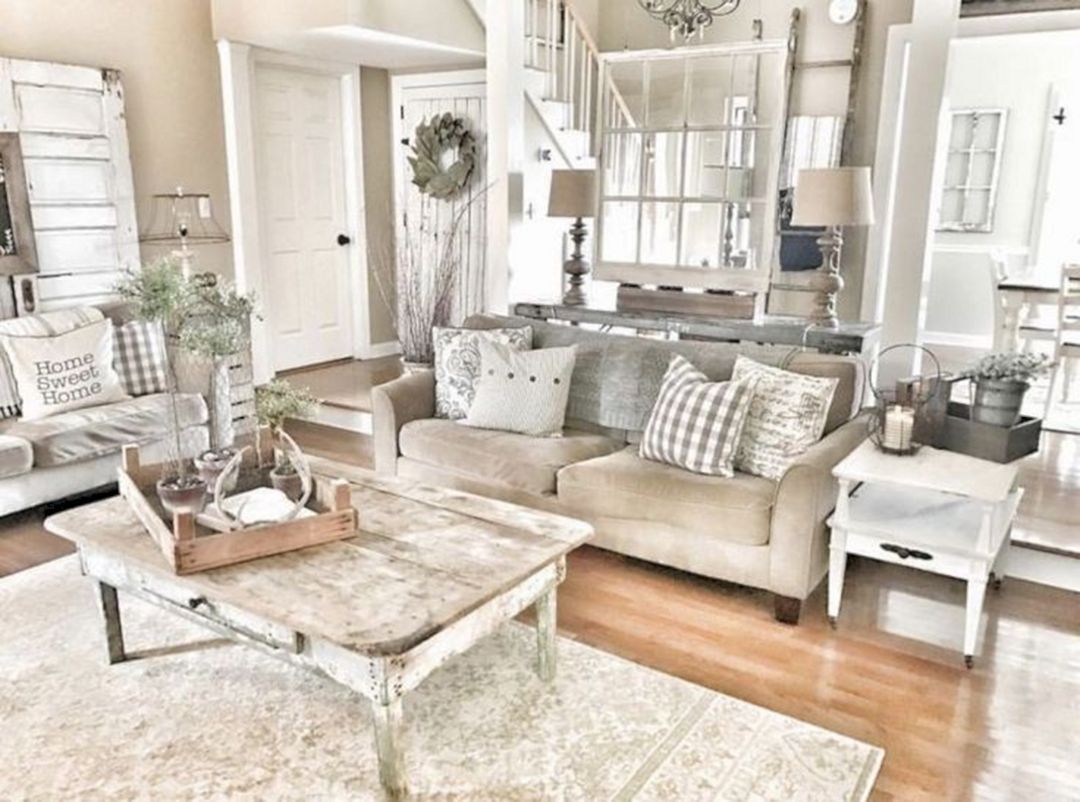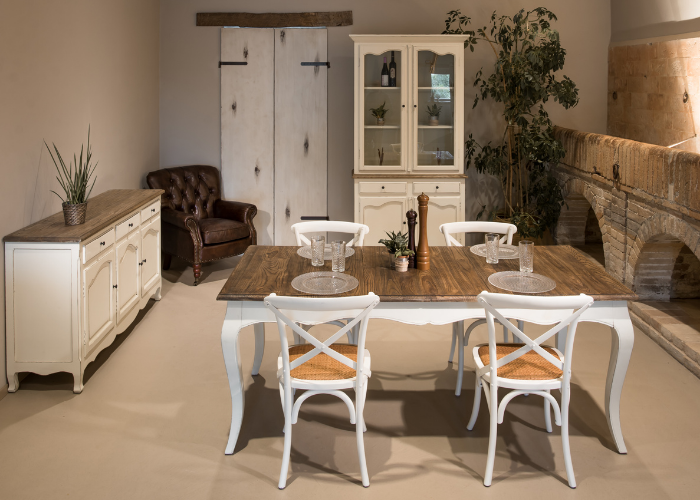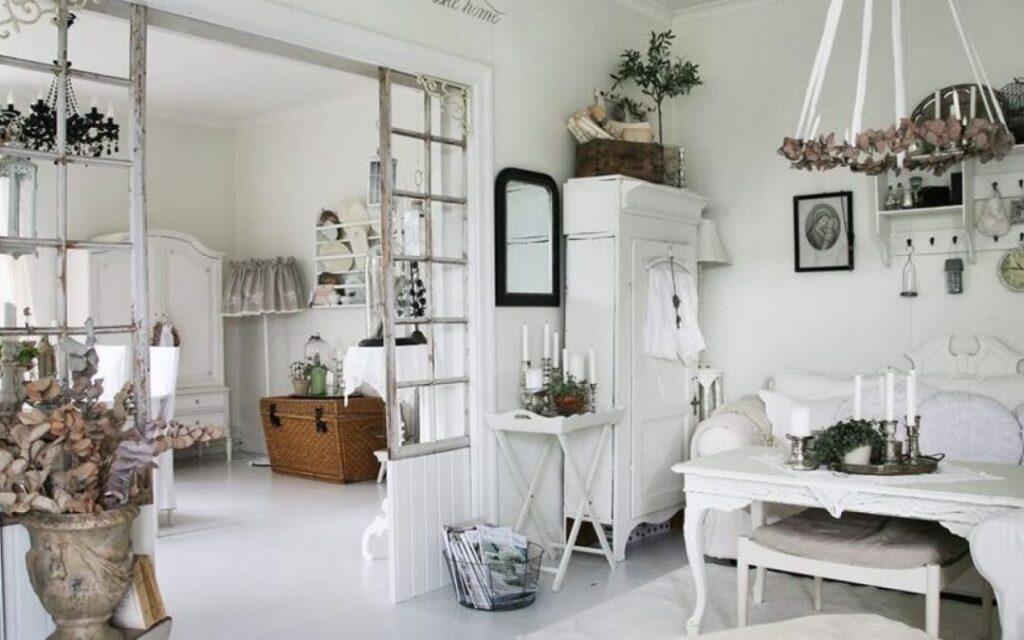According to “Grazia” magazine, the “romantic aesthetic of other times makes it an especially feminine style.”
In fact, the shabby chic style, anything but spartan and minimalist – with its pastel tones, white and pink, the abundance of cushions, lace, almost Victorian decorations and soft lines – seems a challenge even for vintage lovers.
With the latter, in addition, the shabby chic style has in common the “nostalgia” effect, the reference to the past, the reuse, but the atmosphere is very different.
The shabby style is almost storybook and decidedly retro-19th century.
The vintage style, on the contrary, is more functional, mainly incorporating furniture and objects from the 50s-60s-70s and often crossing over with the industrial.

THE CHARACTERISTICS OF THE SHABBY CHIC STYLE
First of all, délabré wood is an inevitable element: furniture in pastel or repainted colors, with curved shapes and color a little “eaten” by time are undoubtedly a distinctive feature of shabby chic.
In a shabby chic home, an old pantry, perhaps recovered and restored, is never missing.
On the walls there may be floral motifs, photographs, antiques or family objects.
Hemp, linen, natural cotton and lace for cushions (many!), armchairs, curtains, bed – everything should convey comfort, softness, intimacy and an even redundant feeling of welcome.
In fashion are old suitcases used as coffee tables in a kind concession to vintage and, in the living room, a large crystal ceiling chandelier.
The bed frame is made of wrought iron, mirrors are an essential touch as well as fresh flowers (perhaps hydrangeas in glass or tin containers), necessary to revitalize the environment.
In the bathroom, a freestanding bathtub next to the window is recommended.

WHAT TO AVOID AND HOW TO ADAPT THAT STYLE TO YOUR TASTE
As with any style, excesses are bad for shabby chic, certainly less chic if you exaggerate with pastel (especially pink), with combinations (the risk of kitsch is just around the corner), with délubré wood (which should not take away from the aesthetics of the furniture or affect its practicality).
That is why even the shabby style is mixed with Nordic or contemporary minimalist, vintage or industrial to tone down the “cotton candy” effect a little.
In these cases we speak of neo shabby, “the result of the contamination between authentic shabby, Nordic design and industrial style.”
The white and pastel colors are mitigated, the atmosphere is less “dreamy and more functional”.
A cleansing of excesses, a more vintage touch, tones that go towards gray, dusty blue, more intense and muted, the choice of solid colors for the walls instead of the classic floral notes, but also some extra material such as Bronze and the shabby chic style find a new balance, perhaps more suitable to the tastes of many.
Emmanuel Raffaele Maraziti

